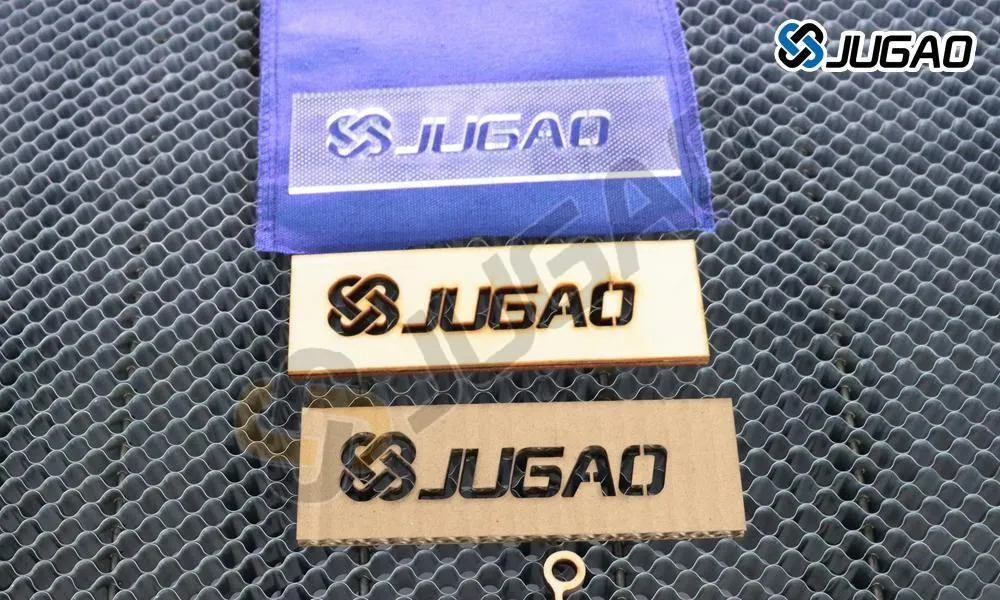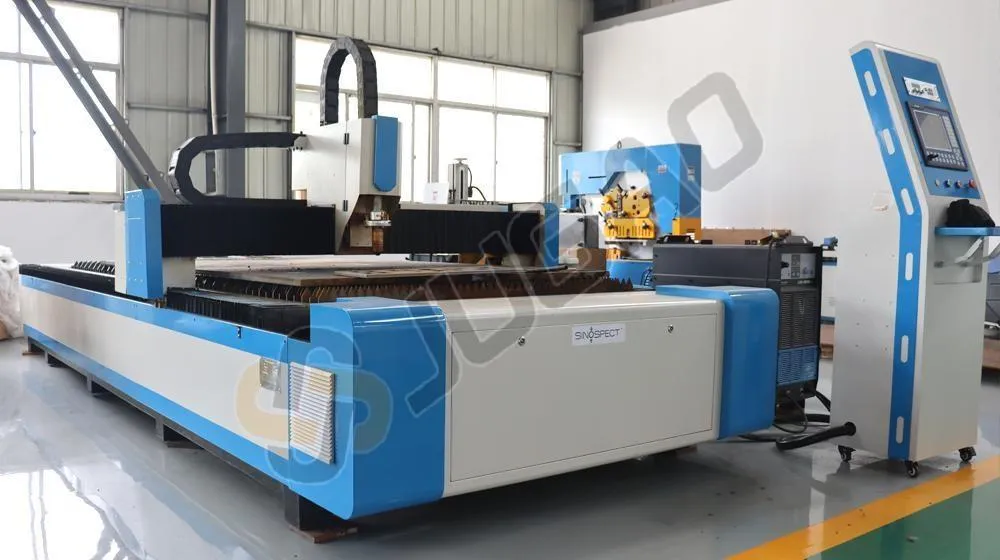-
tel:
+86-13222111178 -
email:
info@ntjugao.com
Laser Cutting Machine Types: A Comprehensive Technical Overview
Laser Cutting Machine Types: A Comprehensive Technical Overview
Jul 17, 2025
1. Introduction
Laser cutting machines are advanced manufacturing tools that utilize high-powered laser beams to cut, engrave, or etch materials with high precision. They are widely used in industries such as automotive, aerospace, electronics, and metal fabrication due to their accuracy, speed, and versatility. This document provides a detailed classification of laser cutting machines based on their laser source, application, and operational mechanisms.
2. Classification of Laser Cutting Machines
Laser cutting machines can be categorized based on:
l Laser Source
l Machine Configuration
l Material Compatibility
2.1 By Laser Source
(1) CO₂ Laser Cutting Machines

l Working Principle: Uses a gas mixture (CO₂, nitrogen, and helium) excited by electrical discharge to generate a laser beam (wavelength: 10.6 µm).
l Applications:
 Cutting non-metallic materials (wood, acrylic, leather, plastics).
Cutting non-metallic materials (wood, acrylic, leather, plastics).
 Thin metal sheets (up to 20 mm, depending on power).
Thin metal sheets (up to 20 mm, depending on power).
l Advantages:
 High efficiency for organic materials.
High efficiency for organic materials.
 Smooth cutting edges.
Smooth cutting edges.
l Limitations:
 Lower efficiency for highly reflective metals (copper, aluminum).
Lower efficiency for highly reflective metals (copper, aluminum).
 Higher maintenance due to gas refilling requirements.
Higher maintenance due to gas refilling requirements.

(2) Fiber Laser Cutting Machines
l Working Principle: Uses a solid-state laser source where the beam is generated via doped optical fibers (wavelength: 1.06 µm).
l Applications:
 Ideal for metals (steel, aluminum, brass, copper).
Ideal for metals (steel, aluminum, brass, copper).
 High-speed precision cutting (up to 50 mm thickness).
High-speed precision cutting (up to 50 mm thickness).
l Advantages:
 Higher energy efficiency (~30% vs. CO₂’s ~10%).
Higher energy efficiency (~30% vs. CO₂’s ~10%).
 Lower maintenance (no gas or mirrors required).
Lower maintenance (no gas or mirrors required).
 Better for reflective metals.
Better for reflective metals.
l Limitations:
 Less effective for non-metals.
Less effective for non-metals.

(3) Nd:YAG/Nd:YVO₄ Laser Cutting Machines
l Working Principle: Solid-state lasers using neodymium-doped crystals (wavelength: 1.064 µm).
l Applications:
 Fine engraving and micro-cutting.
Fine engraving and micro-cutting.
 Medical device manufacturing.
Medical device manufacturing.
l Advantages:
 High peak power for pulsed operations.
High peak power for pulsed operations.
 Suitable for very thin materials.
Suitable for very thin materials.
l Limitations:
 Lower efficiency compared to fiber lasers.
Lower efficiency compared to fiber lasers.
 High operational costs.
High operational costs.
2.2 By Machine Configuration
(1) Gantry (Moving Gantry) Laser Cutters
l The laser head moves along X/Y axes over a stationary workpiece.
l Best for: Large-format cutting (sheet metal, signage).

(2) Flying Optic Laser Cutters
l The workpiece remains fixed while mirrors/lenses move.
l Best for: High-speed cutting of thin materials.
(3) Hybrid Laser Cutters
l Combines moving gantry and flying optics.
l Best for: Balancing speed and precision.

(4) Robotic Arm Laser Cutters
l Uses a multi-axis robotic arm for 3D cutting.
l Best for: Automotive and aerospace components.
2.3 By Material Compatibility
|
Laser Type |
Metals |
Plastics |
Wood |
Ceramics |
Glass |
|
CO₂ Laser |
Moderate |
Excellent |
Excellent |
Good |
Good |
|
Fiber Laser |
Excellent |
Poor |
Poor |
Poor |
No |
|
Nd:YAG Laser |
Good |
Moderate |
Moderate |
Moderate |
No |
3. Key Technical Parameters
|
Parameter |
CO₂ Laser |
Fiber Laser |
Nd:YAG Laser |
|
Wavelength (µm) |
10.6 |
1.06 |
1.064 |
|
Power Range (W) |
25–20,000 |
500–30,000 |
50–6,000 |
|
Cutting Speed |
Medium |
Very High |
Low-Medium |
|
Maintenance |
High |
Low |
Medium |
|
Best Thickness |
<20 mm |
<50 mm |
<10 mm |
4. Industry Applications
l Automotive: Precision cutting of chassis components.
l Aerospace: Titanium and composite material processing.
l Electronics: Micro-cutting circuit boards.
l Jewelry: Fine engraving and intricate designs.
5. Conclusion
Laser cutting machines vary significantly in terms of laser source, configuration, and material compatibility. Fiber lasers dominate metal cutting due to their efficiency, while CO₂ lasers remain ideal for non-metals. Selecting the right type depends on material, thickness, precision requirements, and budget.
For further technical specifications or application-specific recommendations, consult a laser cutting system provider JUGAO CNC MACHINE.
Recent Posts

October 26, 2016
The Most Successful Engineering Contractor
Nov 05, 2025
How to choose the best plate rolling machine?
Oct 29, 2025
Key Configuration Steps for the DELEM DA-66T Tool











